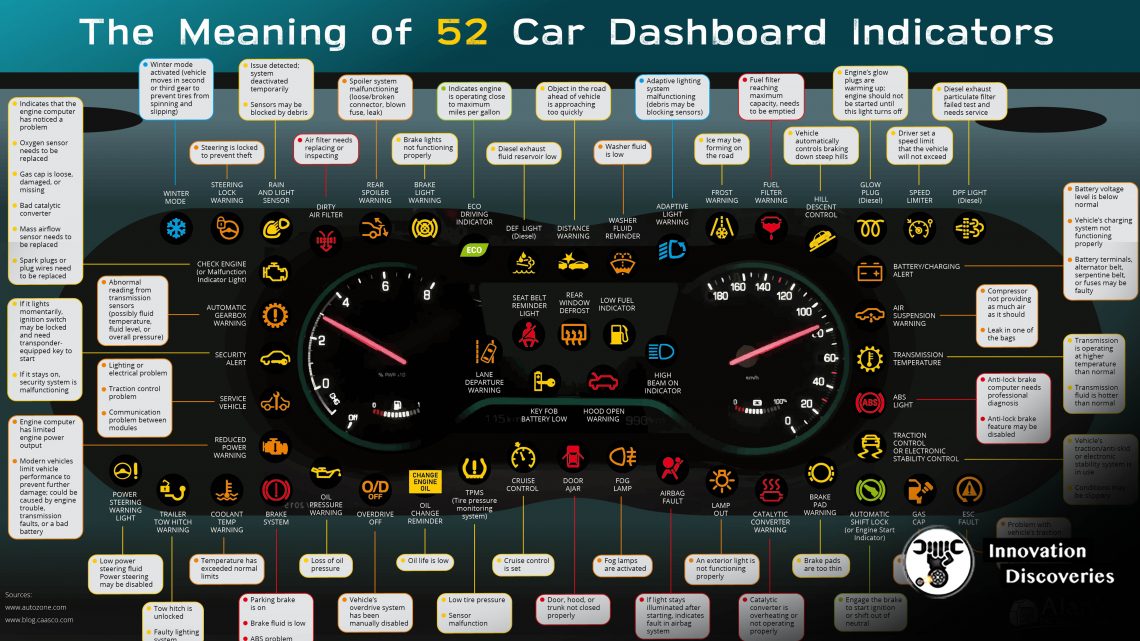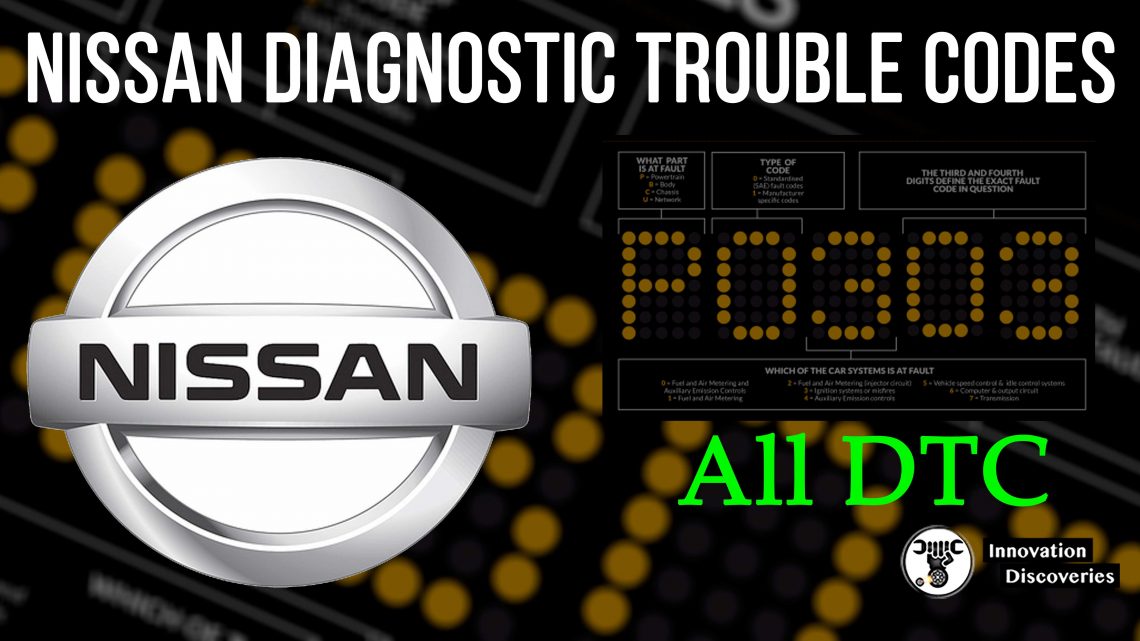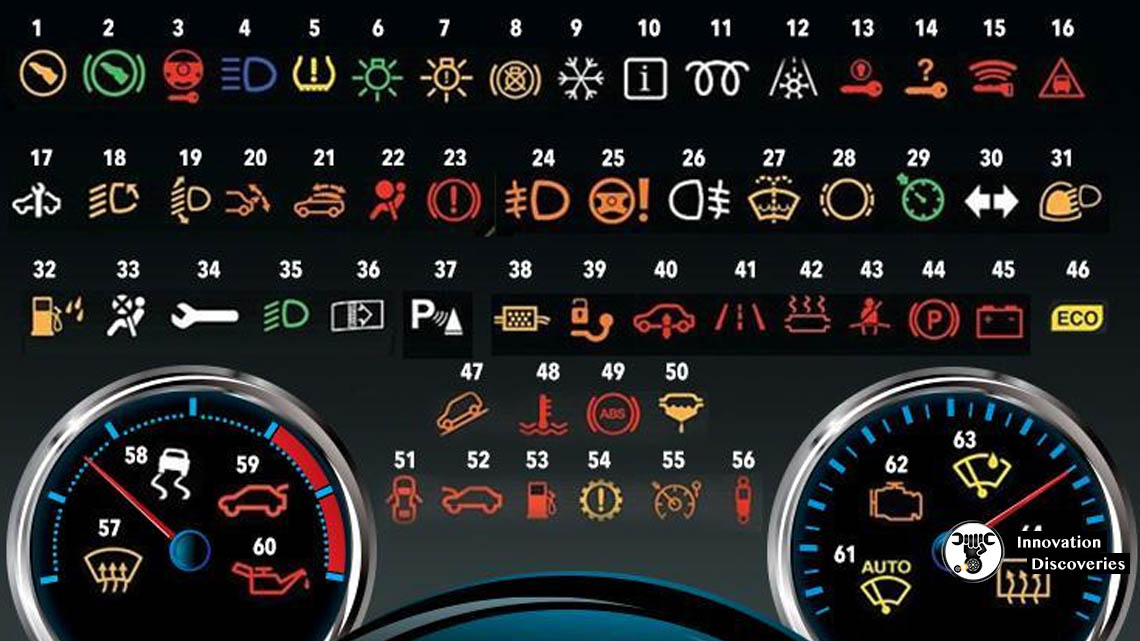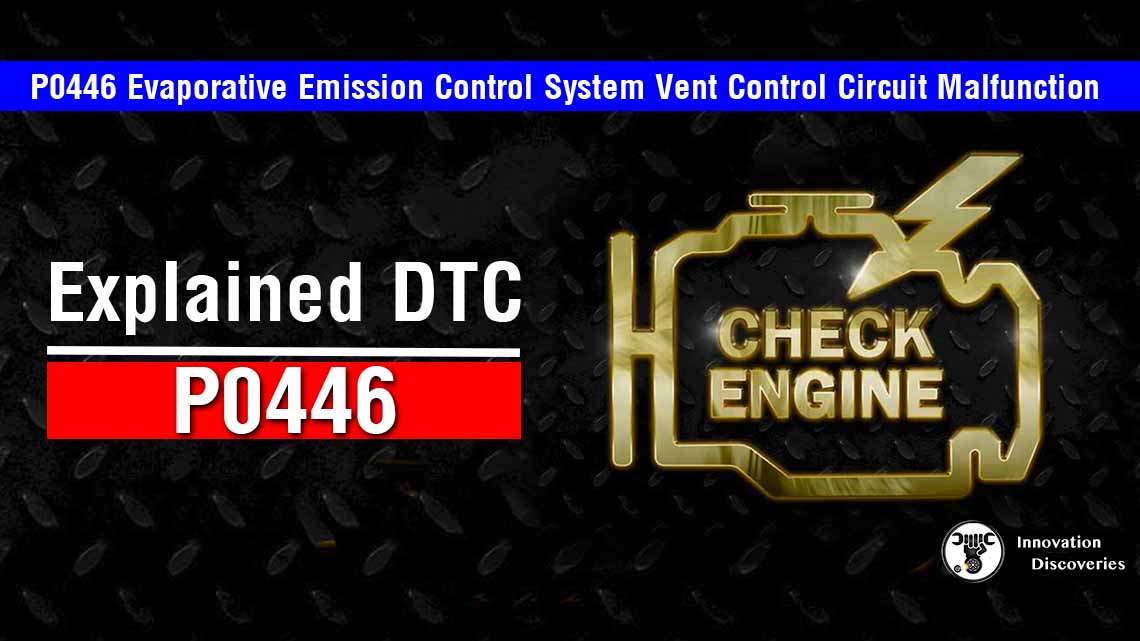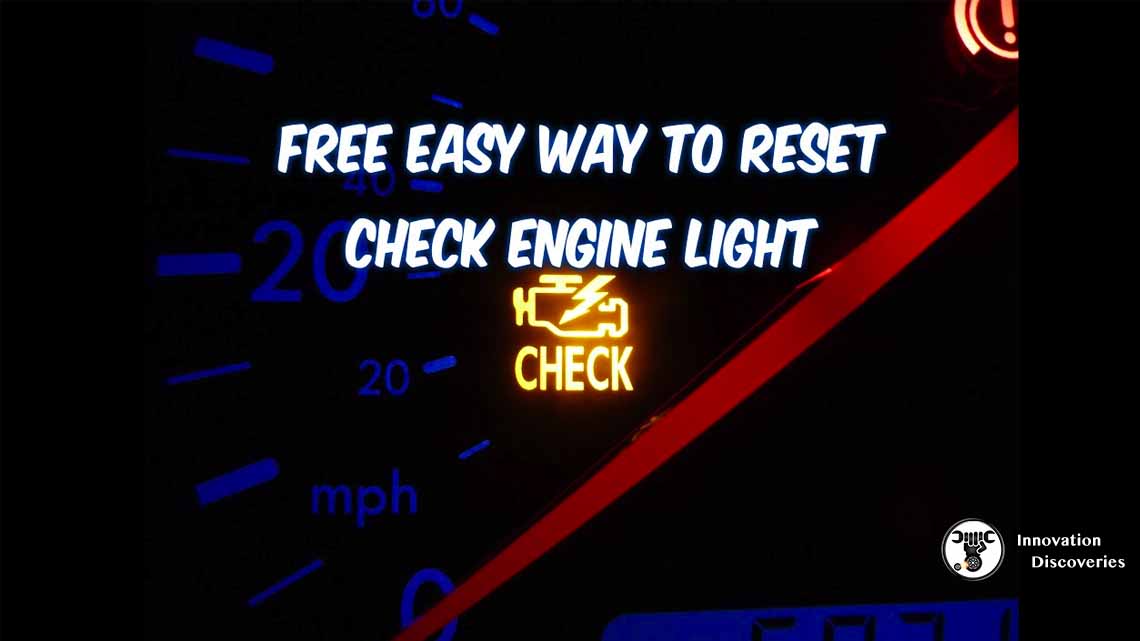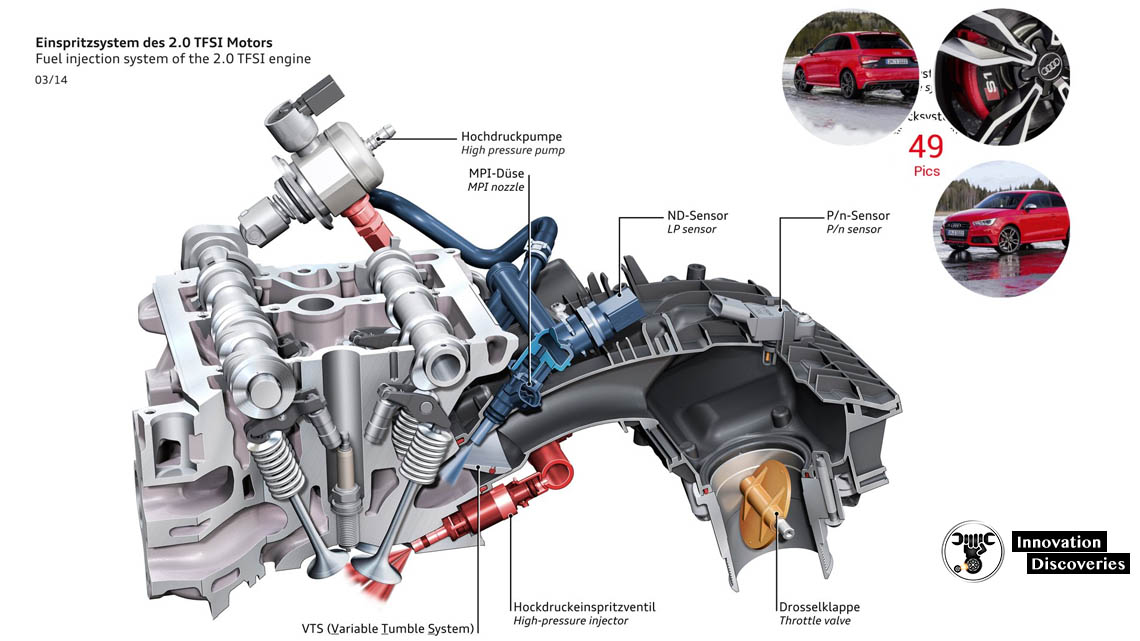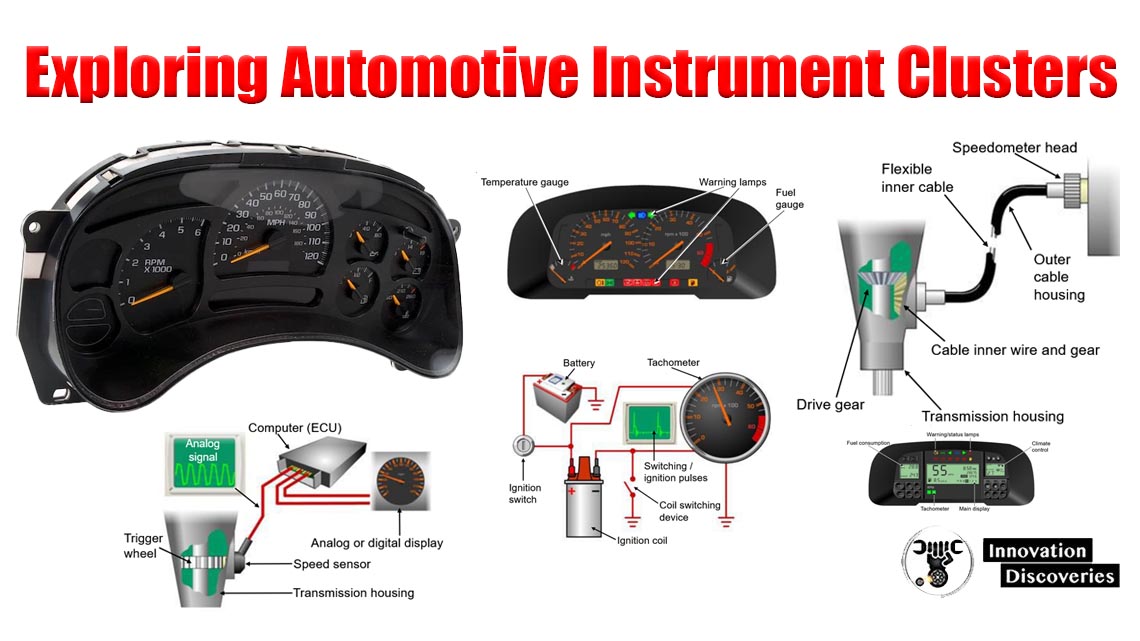
Introduction
The interior of a modern vehicle is adorned with a myriad of features designed to enhance the driving experience and ensure safety. Among these features, the instrument cluster, also known as the dashboard or gauge cluster, stands out as a vital hub of information for drivers.
Positioned right behind the steering wheel, this cluster of indicators, gauges, and displays offers real-time insights into the vehicle’s status and performance, allowing drivers to stay connected with their car while on the road.
The Evolution of Instrument Clusters: From Analog to Digital
The history of instrument clusters dates back to the earliest automobiles, where simple analog gauges conveyed basic information such as speed and fuel level. As automotive technology advanced, so did the instrument cluster. Today’s clusters have evolved into complex digital systems, integrating a diverse array of information in a user-friendly and visually appealing manner.
Key Components and Features:
1. Speedometer:
The quintessential speedometer provides a quick and easy way for drivers to monitor their vehicle’s velocity. Whether analog or digital, it keeps drivers informed of their current speed, a critical element for safe driving.
2. Tachometer:
The tachometer, typically found in vehicles with manual transmissions, helps drivers manage engine performance by displaying the engine’s revolutions per minute (RPM). This gauge assists in optimizing gear shifts for a smoother driving experience.
3. Fuel Gauge:
Keeping a close watch on fuel levels is crucial for avoiding unexpected breakdowns. The fuel gauge provides drivers with an estimate of the remaining fuel in the tank, helping them plan refueling stops.
4. Temperature Gauge:
To prevent engine overheating, the temperature gauge monitors the coolant temperature. An early warning of excessive heat allows drivers to take immediate action, preventing potential engine damage.
5. Odometer and Trip Computer:
The odometer tracks the total distance traveled by the vehicle, while the trip computer provides data on trip-specific information, such as distance, fuel efficiency, and driving time. These features are valuable for tracking maintenance schedules and optimizing fuel consumption.
6. Warning Lights and Icons:
Serving as the vehicle’s communication system, warning lights and icons illuminate when issues arise. Whether it’s an engine problem, low oil pressure, or a battery issue, these indicators prompt drivers to take necessary actions to ensure safety and prevent further damage.
7. Turn Signal and High Beam Indicators:
These indicators help drivers operate their vehicles safely by signaling the activation of turn signals and high beam headlights. Clear communication among drivers on the road enhances road safety.
8. Engine Malfunction Indicator (Check Engine Light):
One of the most recognizable warning lights, the check engine light, alerts drivers to potential engine or emission system problems. Prompt attention to this light can prevent more significant issues down the road.
9. Information Display:
Advancements in technology have led to the integration of larger central display screens within instrument clusters. These displays provide additional information, such as navigation directions, entertainment controls, and personalized vehicle settings.
Download PDF
The Future of Instrument Clusters: Integration and Connectivity
As vehicles become more technologically advanced, instrument clusters continue to evolve. With the rise of electric vehicles and autonomous driving features, instrument clusters are integrating with infotainment systems, providing real-time data on battery status, charging stations, and navigation routes.
Furthermore, augmented reality and heads-up display technologies are pushing the boundaries of how information is presented to the driver, enhancing both safety and convenience.
In conclusion, the instrument cluster is a central pillar of the driving experience, offering a comprehensive snapshot of a vehicle’s health and performance. From the earliest analog gauges to the cutting-edge digital displays of today, the instrument cluster’s evolution reflects the rapid progress of automotive technology.
It remains a bridge between the driver and the vehicle’s intricate systems, providing crucial information that enhances safety, efficiency, and overall driving enjoyment.
Discover More:
Visit Forum
Visit Our Friendly Website


